
A dehumidifier has quickly become a must for our homes during the winter to help keep damp and condensation and bay. However, if you've noticed that your dehumidifier doesn't seem to be collecting as much water as it used to, or not collecting water at all, there are a handful of reasons as to why this might be happening.
As fantastic as these devices are at their job, even the best dehumidifiers aren't exempt from running into minor complications every now and then. So, before you assume the worst, there are many potential causes to your dehumidifier woes, and luckily, most of them are easy to fix.
We've asked experts to help us explain why your dehumidifier might have stopped collecting water, and how to troubleshoot to get your device back to its working order.
1. The water tank is full

First and foremost, the most simple reason as to why your dehumidifier is no longer collecting water is that the water tank is full. 'Dehumidifiers switch off if the water tank is full to prevent flooding,' explains Chris Michael, managing director at Meaco.
Many models that employ the auto shut-off system when the water tank is full will not turn back on – or let you switch it back on – until the tank is emptied and reinserted. Therefore, it's important to empty your water tank regularly and not allow it to sit full for too long. Not only are you wasting precious time where your device could be putting in the work at tackling damp issues in your home, but could also leave you with the unfortunate task of having to clean a mouldy dehumidifier water tank.
2. The room is at target humidity
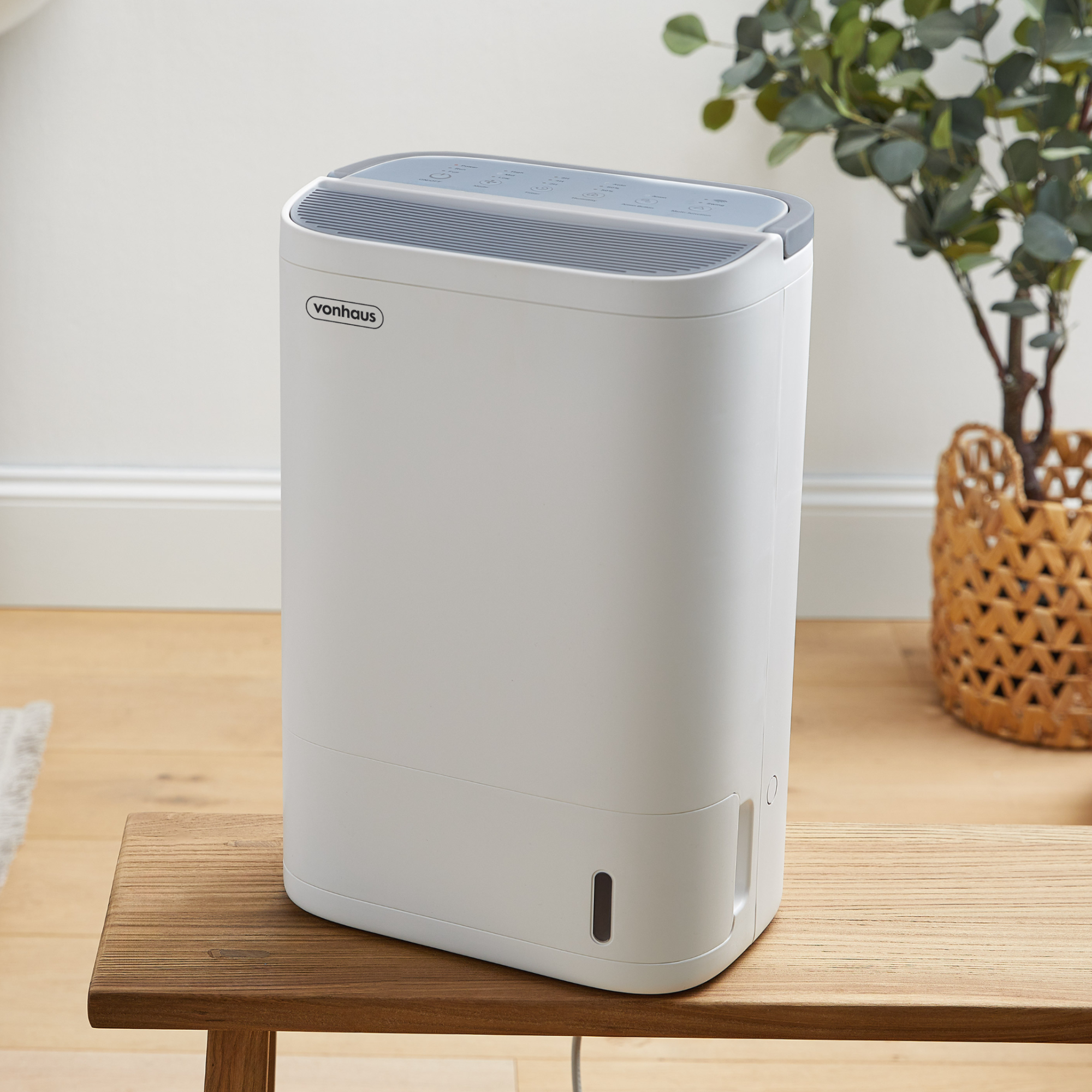
Another straightforward reason why your dehumidifier has stopped collecting water is because the room it's placed in has already reached the desired target humidity.
Holly Male, brand manager at Duux UK notes that when the desired humidity percentage has been met when being operated in auto-mode, 'it will continue circulating air, but the compressor will become inactive until the humidity percentage rises again.' If humidity levels shift, the device will turn back on to address it. For this reason alone, it's important to keep a dehumidifier running and not try to manually operate it or switch it off and on constantly.
As for what the target humidity levels should be, to maintain a stable and comfortable humidity in the home, Chris recommends setting the dehumidifier to target 55%rh (relative humidity).
3. The room is too cold
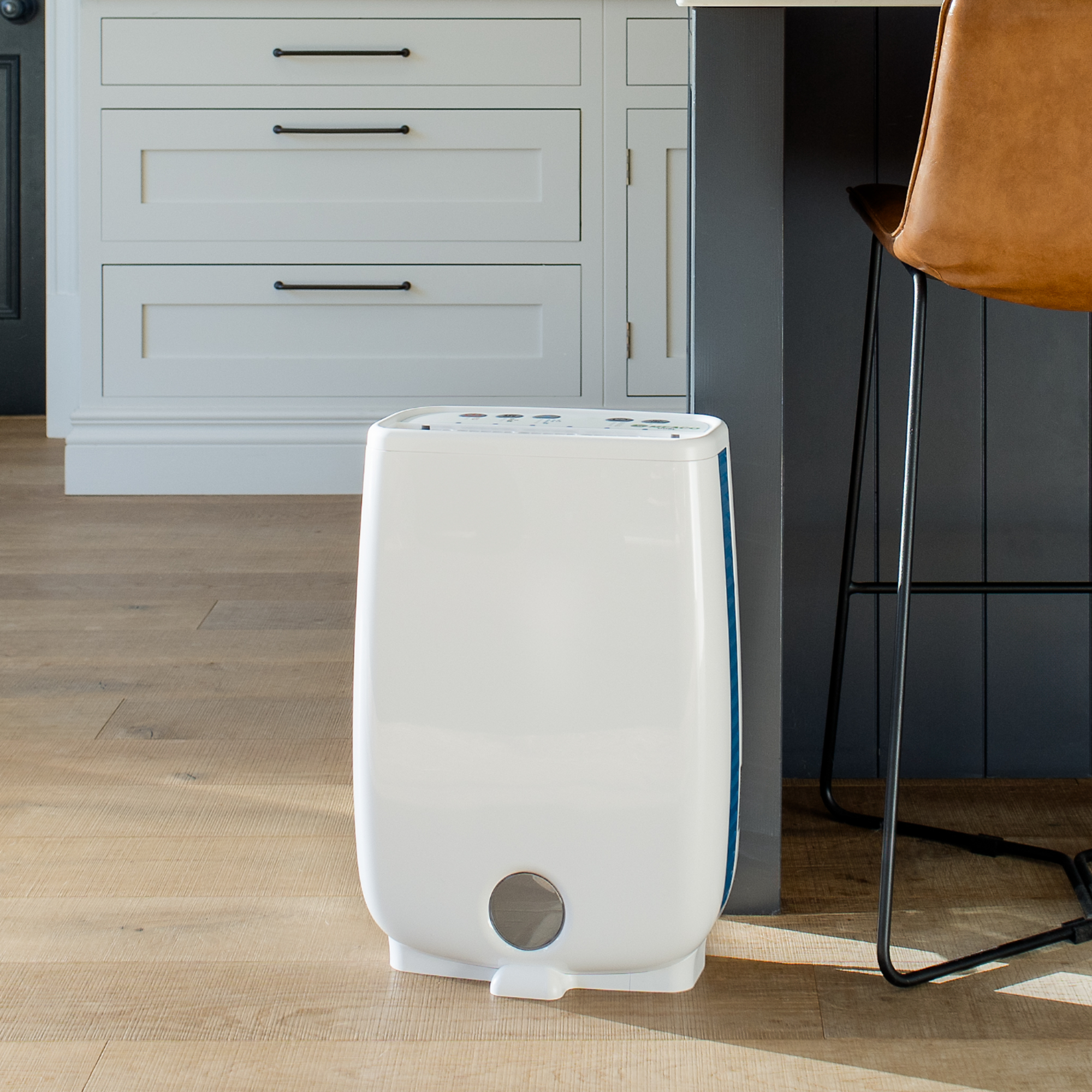
Another factor that could explain why your dehumidifier isn't collecting water could boil down to the temperature of the room the device is in.
'If the room is too cold—say below 15°C—this can affect the performance of compressor refrigerant dehumidifiers, which are the most common type found in the UK,' explains Chris. This is because at lower temperatures, the coils can freeze, causing the unit to stop collecting water and switch to defrost mode.
In the case that you're looking to manage humidity levels in a cold, unheated room, it's probably best to consider a desiccant model as desiccant dehumidifiers are better when operated in colder temperatures. Chris explains that this is because desiccant units are unaffected by the cold and emit heat as part of the dehumidification process.
Therefore, when choosing between a compressor vs desiccant dehumidifier, the choice is simple. If the room you're putting it in is above 15°C use a compressor, below 15°C use a desiccant model.
4. The room is very dry

Similarly to how there can be issues that arise when using a dehumidifier in a room that's too cold, the same can happen if the room is too dry. Holly explains that when humidity in a room is already very low, this can lead to less and less condensation occurring in the dehumidifier.
In terms of relative humidity levels, Chris says that if the room's relative humidity is below 40%rh, the dehumidifier will likely not collect any water.
5. Dirty filter or blocked parts
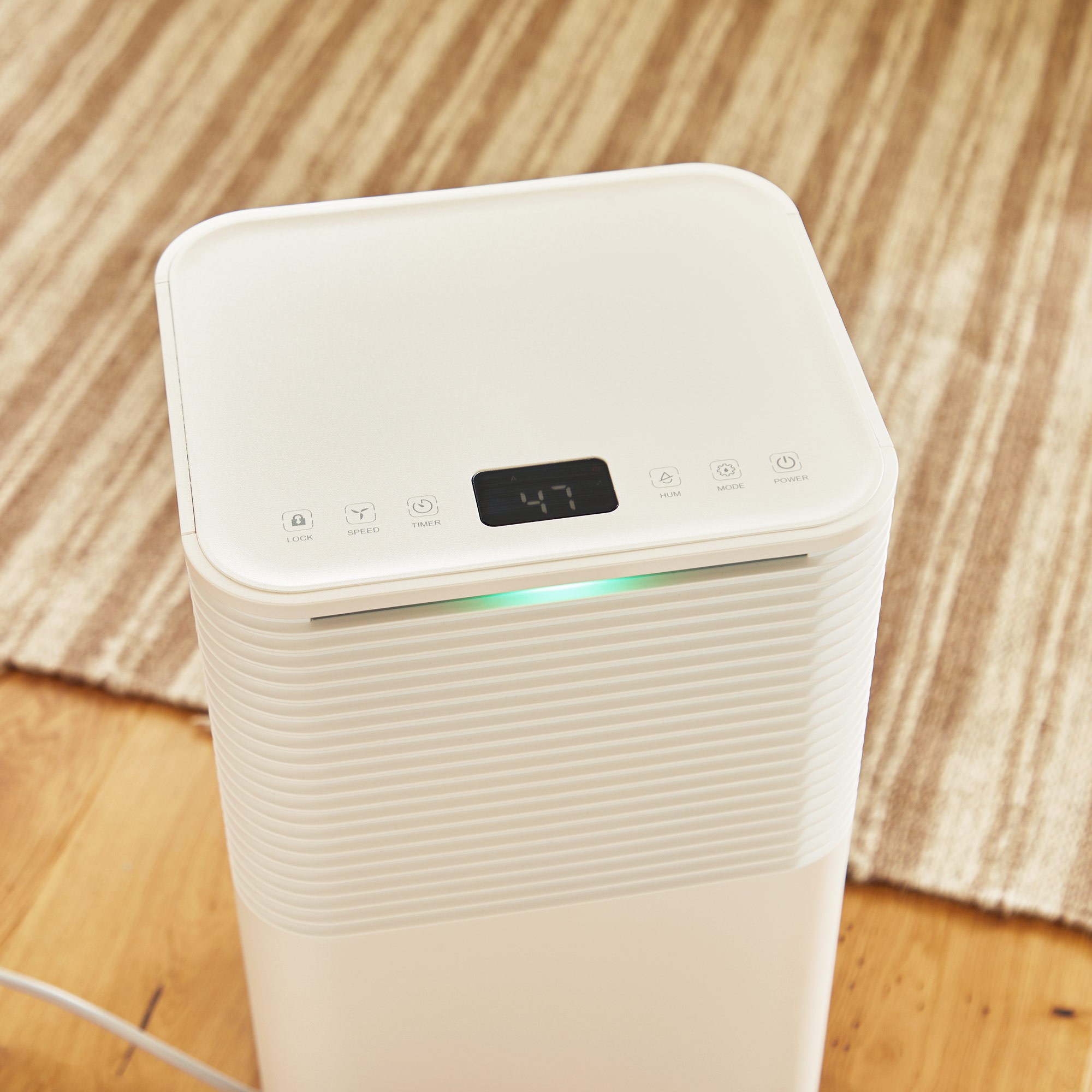
If your dehumidifier isn't collecting water, it might also be due to internal issues, such as blocked parts or lack of maintenance. 'Most dehumidifiers are made up of several parts, and it's important they're cleaned regularly to ensure the dehumidifier works correctly,' says Aneesa Khan, assistant home electricals buyer at VonHaus.
'If your dehumidifier has stopped collecting water, it would be worth checking and cleaning the filter first,' continues Aneesa. A lot of people often forget to clean their dehumidifier, but it makes a huge difference. 'For other parts, it's recommended to take the dehumidifier to someone who is qualified to fix it.'
Additionally, if you're using a continuous drainage setup, it's also worth checking for any blockages or kinks in the hose, as this could also be hindering the dehumidifier from collecting water in the tank.
Shop our top-rated dehumidifiers
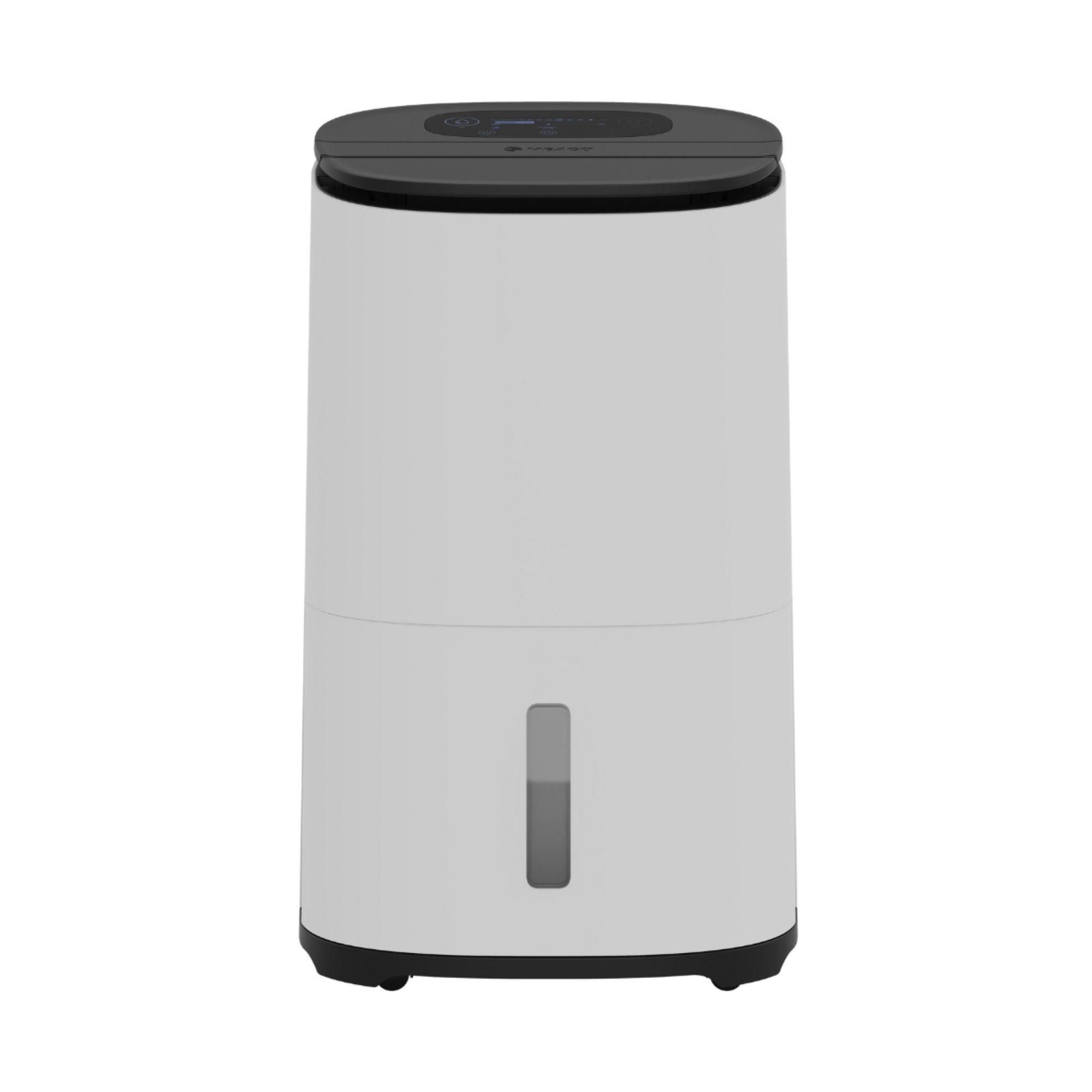
The MeacoDry Arete Two is quiet, easy to use, works superbly and is very energy-efficient compared to its competitor compressor models. It's complete with a timer, Wi-Fi connectivity and Smart capabilities, and its dedicated Laundry Mode is brilliant at drying wet washing. All of these combined make it our top choice overall.
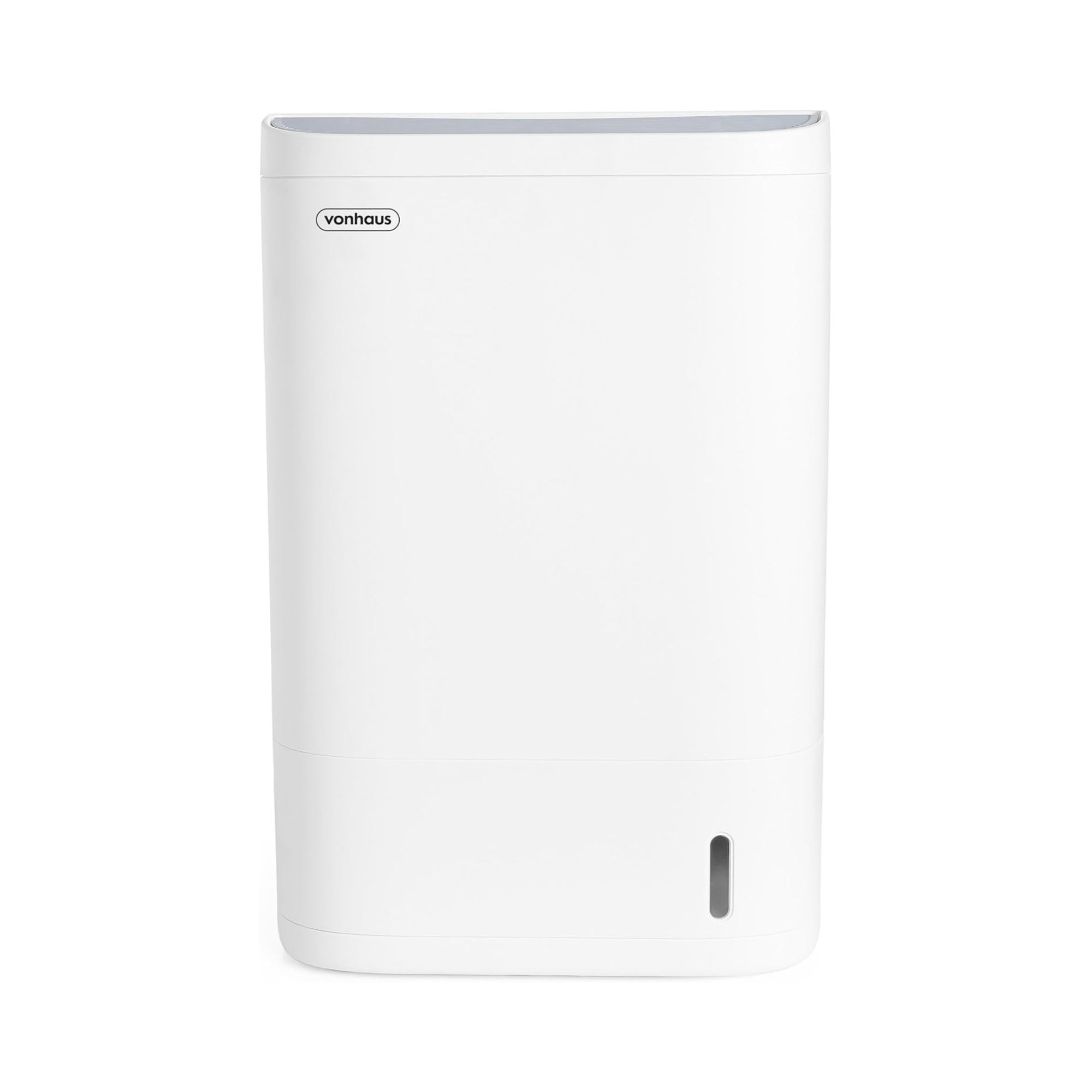
If you're after a desiccant dehumidifier that is good value and gets the job done, this VonHaus is the most recent we've tested and great bang for its buck. It's effective in colder rooms, quiet, and more portable than its compressor counterparts, standing as a fantastic option for managing indoor humidity levels.
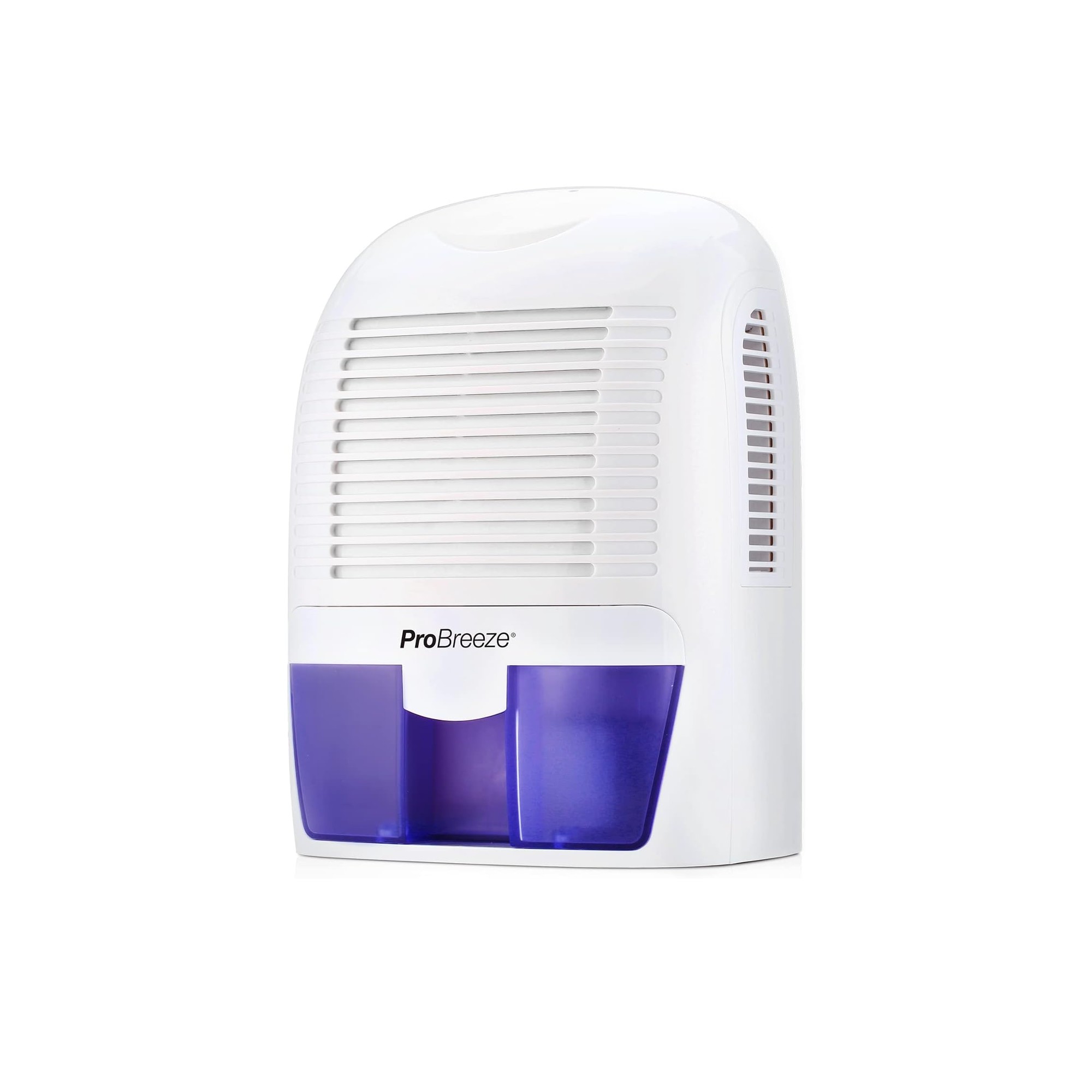
Small, affordable, and super quiet, this is a budget-friendly option for minor moisture problems. Its Peltier condenser has a much lower extraction rate than most compressor dehumidifiers, but its compact build means it can be tucked easily away on a shelf, bedside table, or window sill to help manage damp.
With all that said, even the best-in-class dehumidifiers can run into some issues from time to time. Whether it's a full water tank, low temperature or humidity levels, or filters that just require a bit of TLC, there are a number of reasons why your dehumidifier might have stopped collecting water.
By being clued up on all the potential issues that could arise and their solutions, you can be one step ahead of troubleshooting your trusty dehumidifier and getting it back to working its magic in tackling damp and condensation inside your home. Considering it's a winter must-have, ensuring it's in tip-top shape certainly pays.







